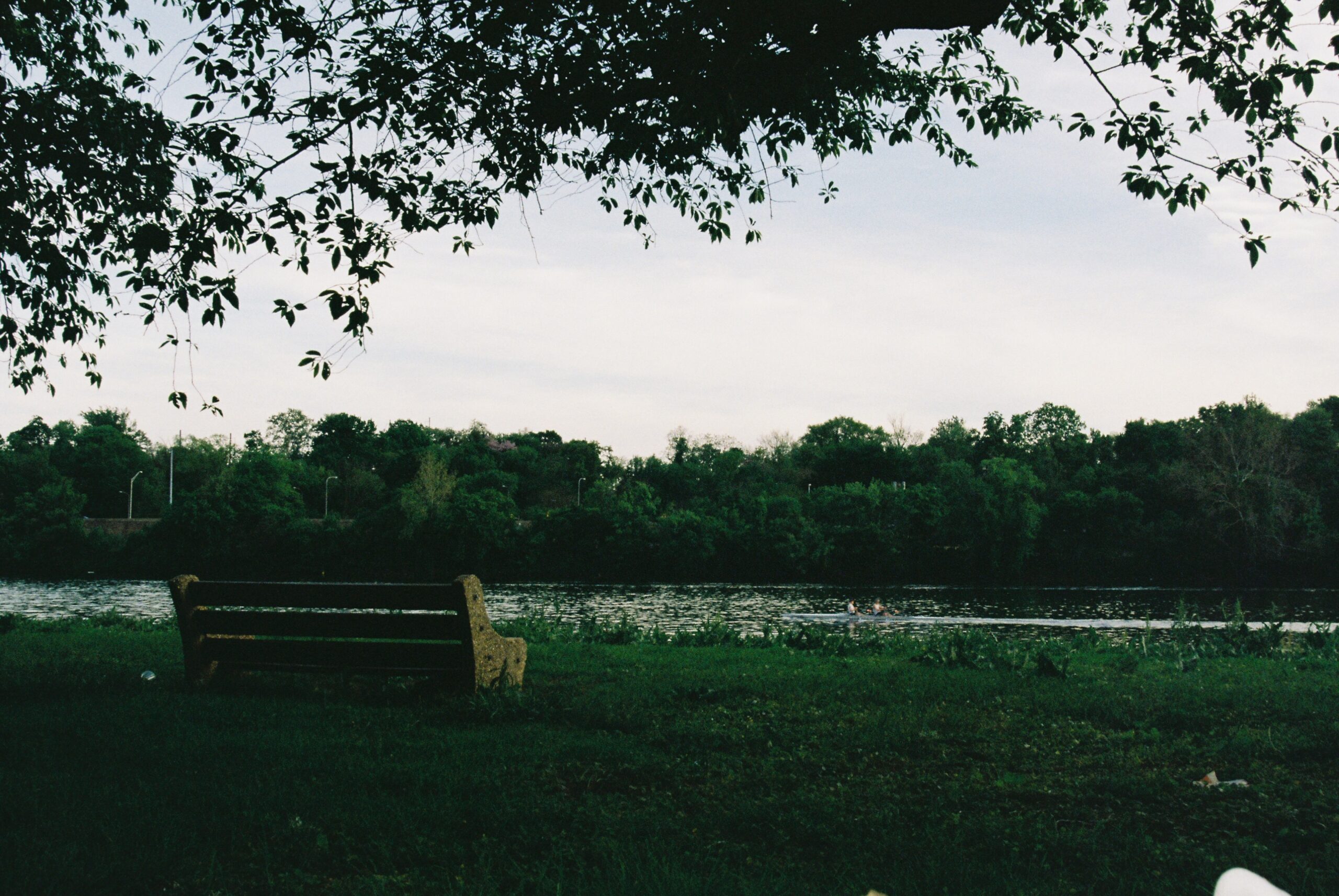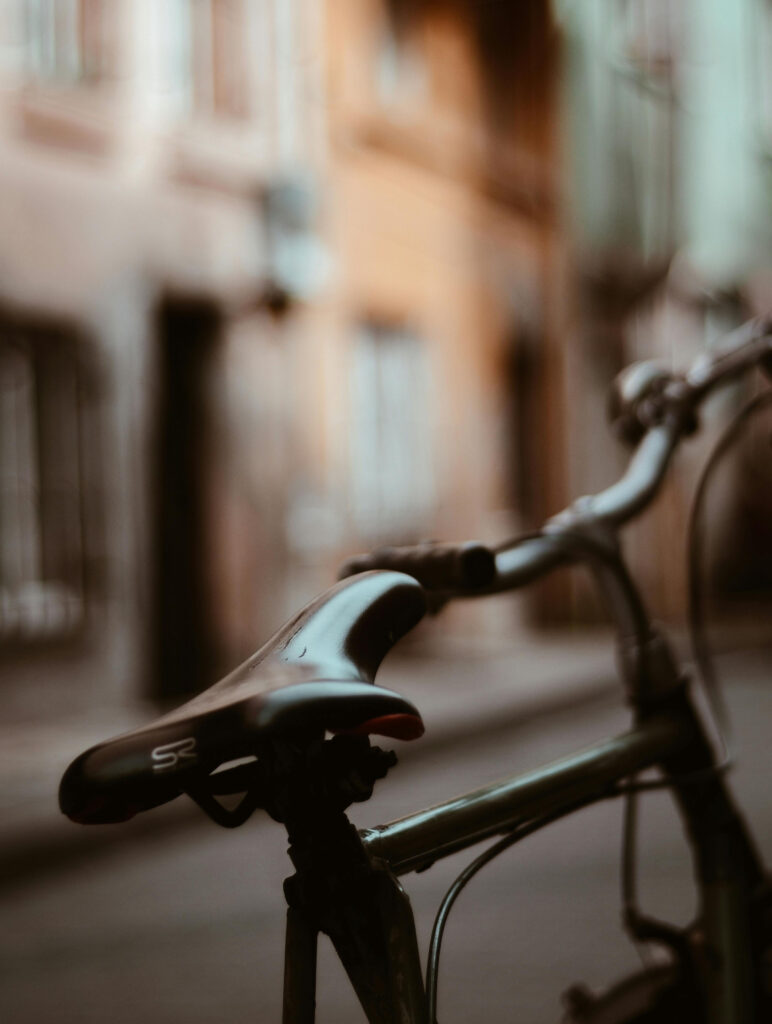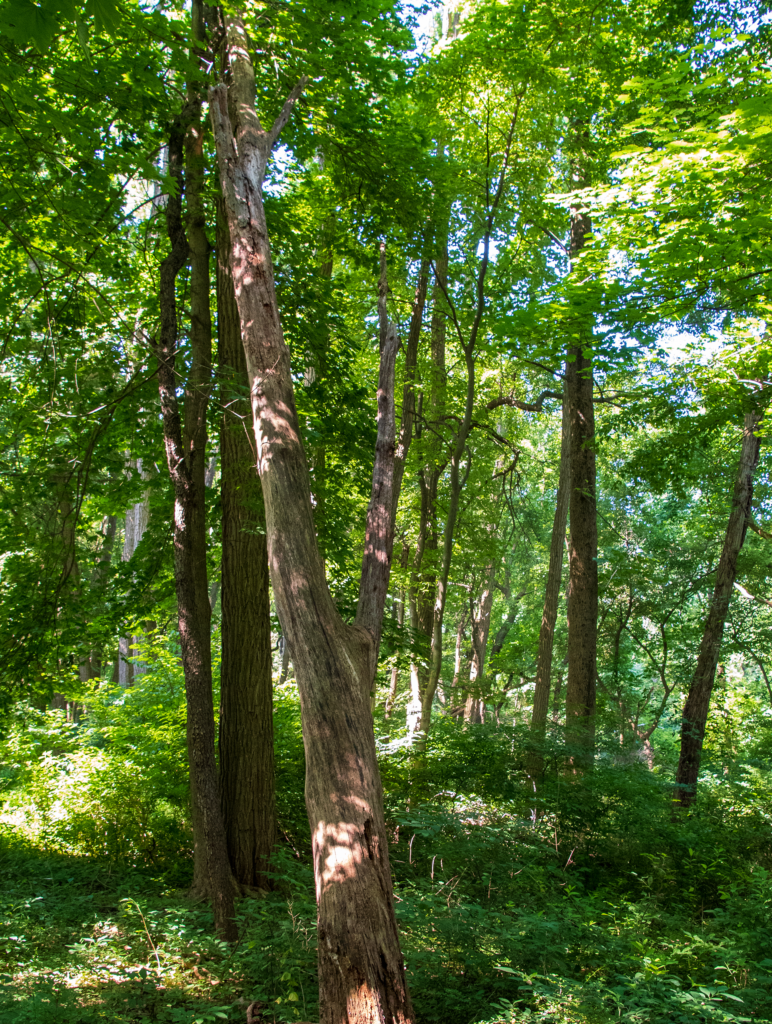The Trust for Public Land has released its 2023 edition of ParkScore, which rates and compares park systems for cities across the country. Philadelphia is pretty much where it was in 2022, ranking 31 out of the 100 most populous cities in the country this year versus 32 last year.
Behind that ranking are several ratings in park system aspects such as funding, access, amenities and equity. Philadelphia rates highly by having parks within a 10-minute walk for 95% of the population. The median among the 100 most populous cities was 74%.
The size of the parks that Philadelphians can walk to differs by race and income, however. Philadelphians in neighborhoods where the majority of residents are people of color have 28% less park space than those living in majority-white neighborhoods. Residents of low-income neighborhoods have access to 24% less park space than the city median, while residents of high-income neighborhoods have access to 44% more than the city median.
This report also reconfirms the well-documented fact that Philadelphia under-spends on its parks. City agencies in Philadelphia spend $56 per capita, with private organizations and volunteers (counting the dollar value of volunteer hours) picking up about $24, for a total of $80 per capita. The average total per capita spending for the 100 most populous cities is $108. The $28 gap is mostly accounted for by more city government spending on average.
Alex Doty, the director of the Parks and Rec Heroes Fund, noted how much more the cities at the top of the ParkScore rankings spend on their parks. Cincinnati, at number 6, spends $166 of city funds out of a total of $188 per resident. Chicago, at number 12, spends $173 in city funds out of $178 total per capita.
“We’ve made good strides on making capital investments that were desperately needed,” Doty says, “but where we continue to damage our parks is that we continue to not put money into operations.”
The top city in this year’s ParkScore was Washington, DC, closely followed by second-place Saint Paul, Minnesota.









